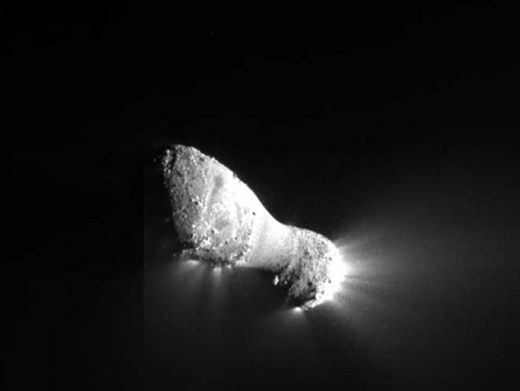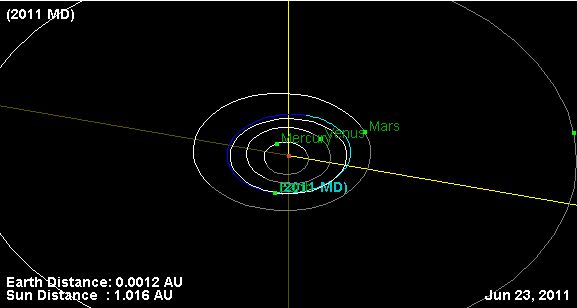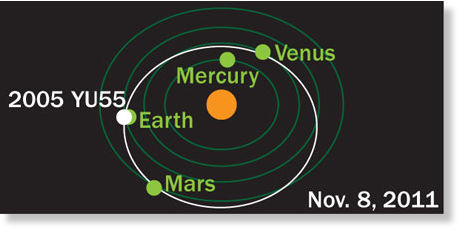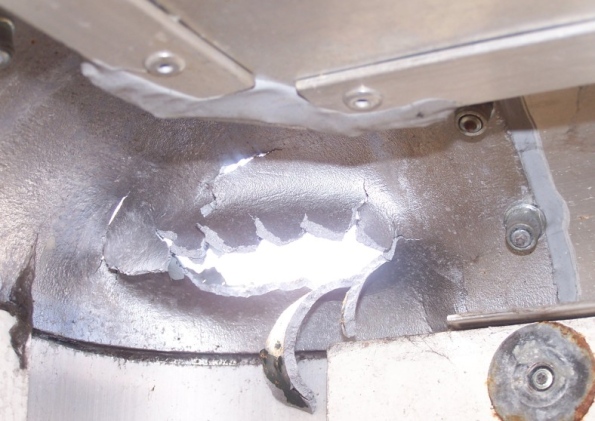
Two craggy bulges connected by a smooth waist (somewhat like a peanut), Comet Hartley 2 spews out more material than a comet just under a mile wide is expected to, a new study finds. And while most comets rotate slowly in one direction, Hartley spins rapidly as it tumbles.
Furthermore, Hartley 2 contains an inexplicable amount of carbon dioxide, causing it to burp and even hock ice loogies into space.
The unusual comet is raising questions over some longtime assumptions by scientists on how comets formed in the early solar system, said the scientists involved in the new study. [Photos: Close-Up Views of Comet Hartley 2]
The new Hartley 2 discoveries are based on the latest analysis of observations collected during a November 2010 flyby of the comet by NASA's Deep Impact spacecraft as part of its Extrasolar Planet Observation and Deep Impact Extended Investigation (EPOXI) mission. During the flyby, the Deep Impact probe approached within 431 miles (694 km) of the comet, snapping photos all the way.








Comment: We won't comment on NASA's blind and hardheaded wishful thinking here. It should be clear by now to everyone with two neurons firing that we can't rely on "scientific authorities" to provide us with straight and truthful answers, not to mention solutions. But we do want to comment on a tendency of scientific bodies and newspapers who quote them to miss the big picture and show abysmal ignorance when it comes to threats from space. It's one thing to ridicule the issue by zeroing in on loonies who declare that the end is nigh, but not doing proper research and seeing that the ongoing and increasing threat does exist, and in fact can have quite dire consequences for our civilization, is another.